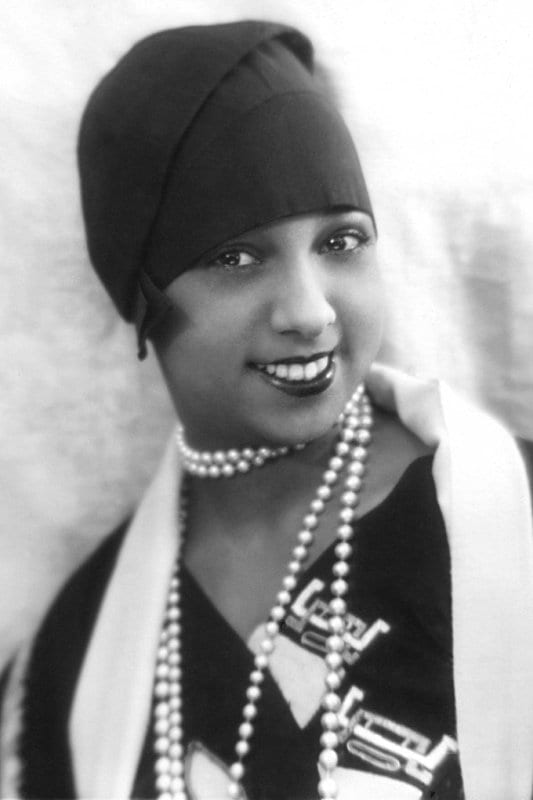

Josephine Baker, heedless of danger - The extraordinary destiny of Josephine Baker. From her native Missouri to Paris, the artist succeeded in making her name as the queen of music hall. But Josephine Baker was also a fighter, with the French Resistance during the Second World War, and against racism.
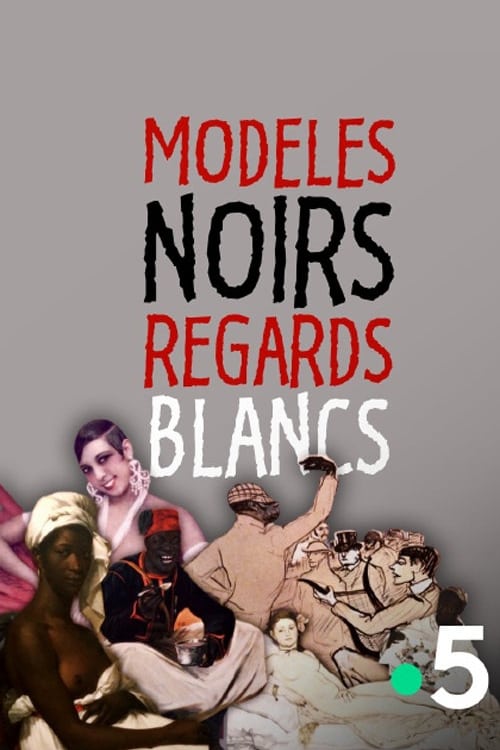
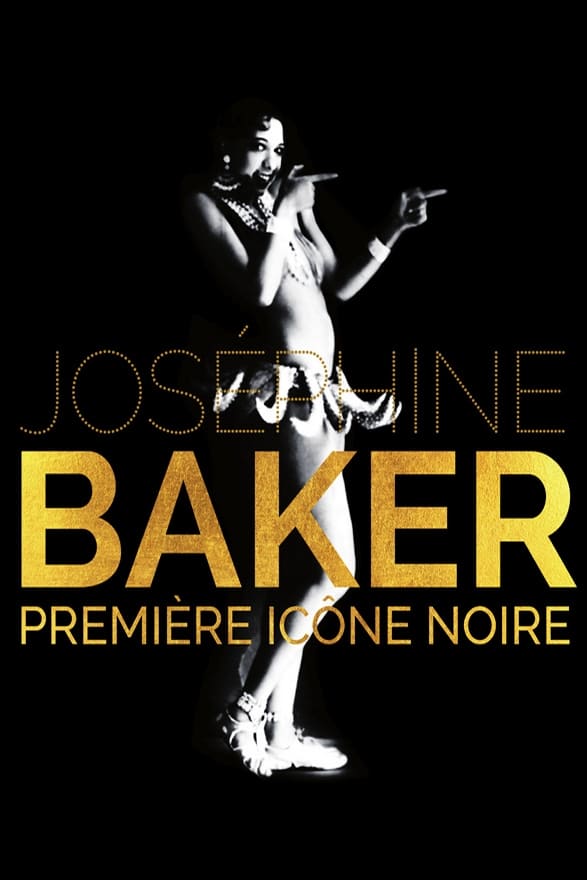
How did a poor little black girl from Missouri become the Queen of Paris, before joining the French Resistance and finally creating her dream family “The Rainbow Tribe”, adopting twelve children from four corners of the world? This is the fabulous story of the first black superstar, Josephine Baker.
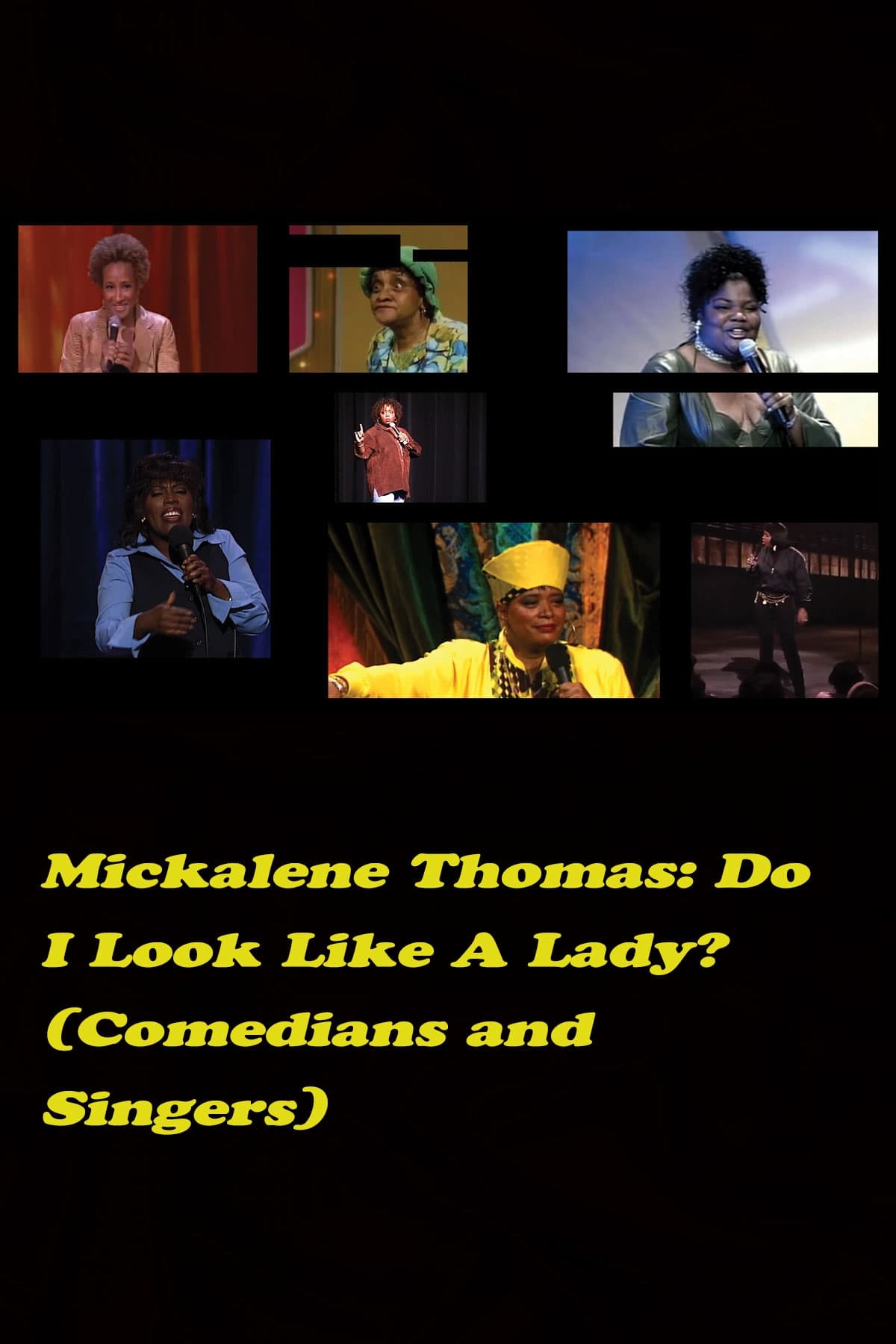
Do I Look Like a Lady? (Comedians and Singers) presents a dynamic checkerboard of moving image footage featuring African-American actors and singers from across the 20th century: from Jackie “Moms” Mabley to Eartha Kitt, Whoopi Goldberg, Whitney Houston, and several others. The video focuses on their individual voices as they express heartbreaking roles, pointed lyrics, sharp jokes, and strong statements of resistance to the dominant culture. The work is a powerful, and often riotous, reflection on the roles of black women in the United States.
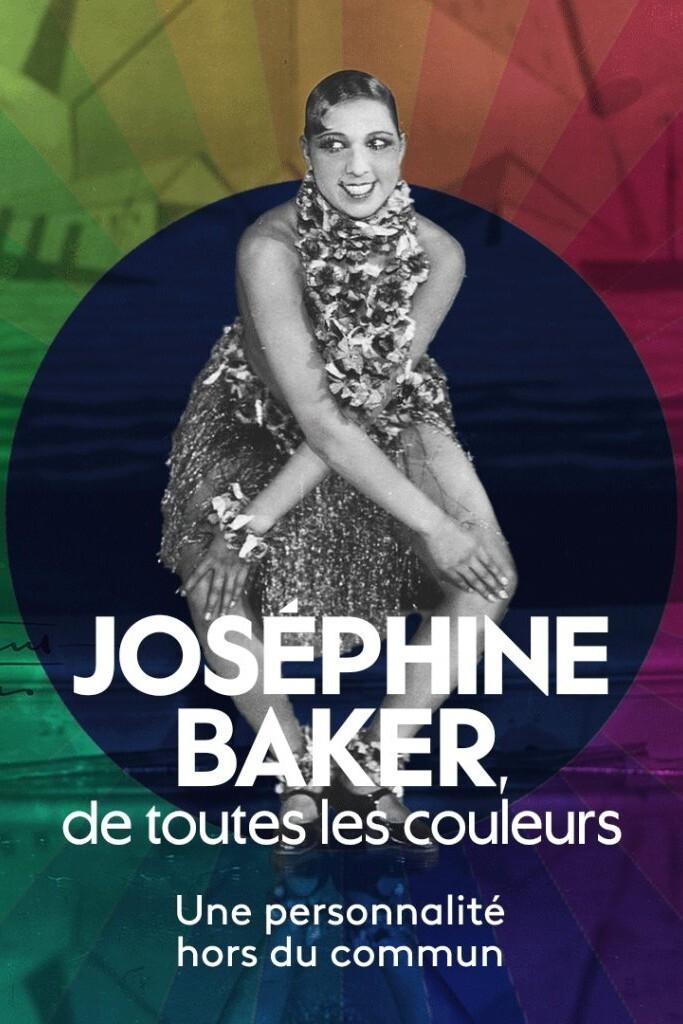
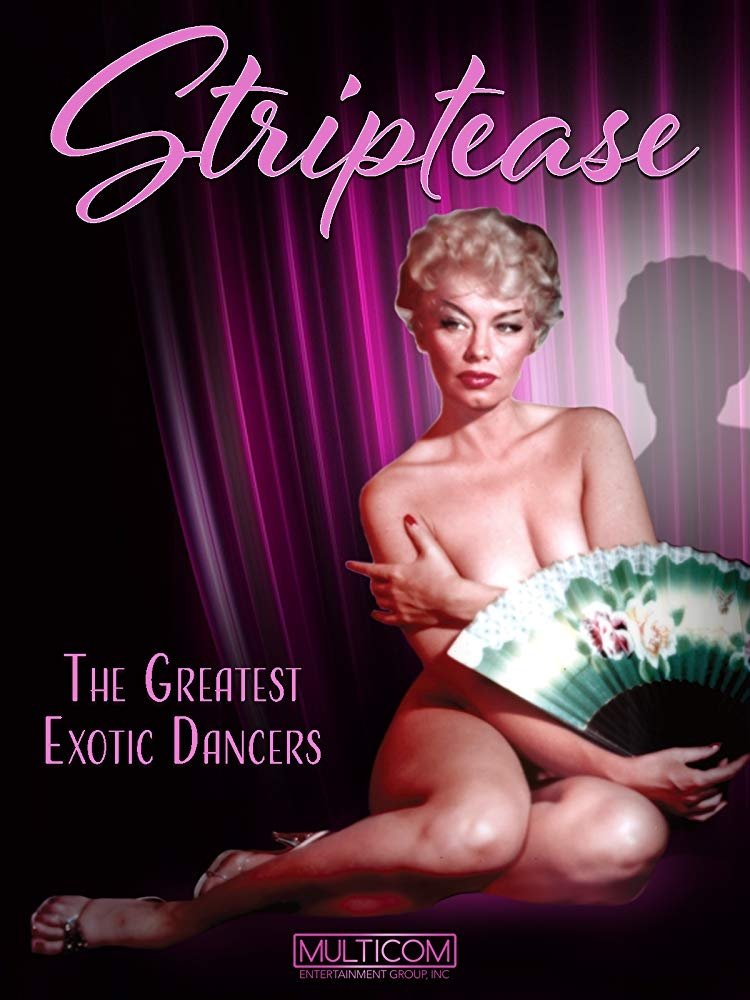
Performances of the greatest exotic dancers are collected here for the first time, from Little Egypt in 1893 to the great striptease headliners of the golden age of Burlesque.
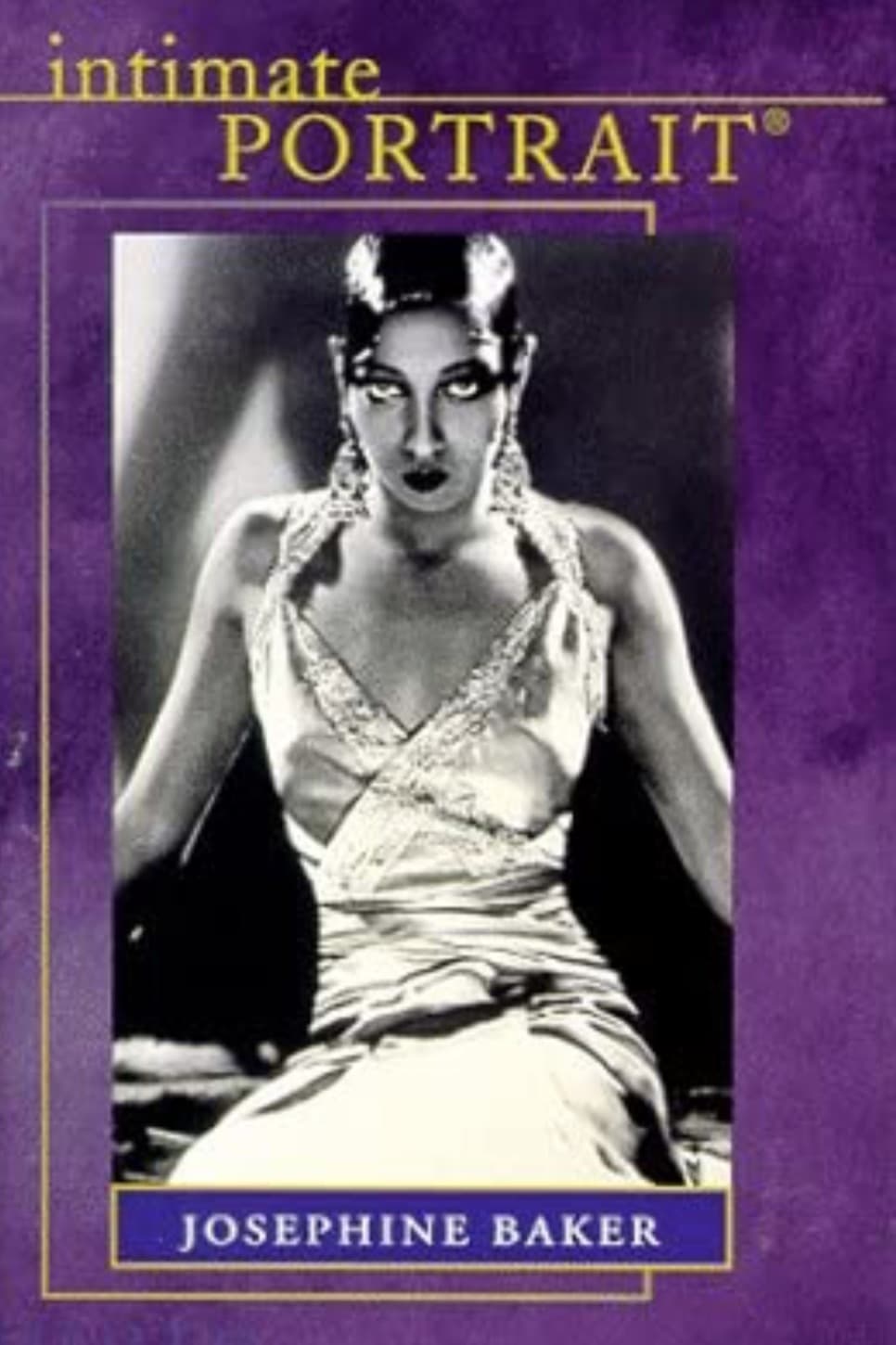
From world-renowned performer of the Jazz Age, to WWII spy, to civil rights activist – a look into the iconic life and legacy of Josephine Baker, narrated by Arsenio Hall, including rare archive footage, and interviews with Debbie Allen, Lynn Whitfield (who portrayed Baker in The Josephine Baker Story), and two of Baker’s sons.
The story of black and mixed race people in Nazi Germany who were sterilised, experimented upon, tortured and exterminated in the Nazi concentration camps. It also explores the history of German racism and examines the treatment of Black prisoners-of-war. The film uses interviews with survivors and their families as well as archival material to document the Black German Holocaust experience.
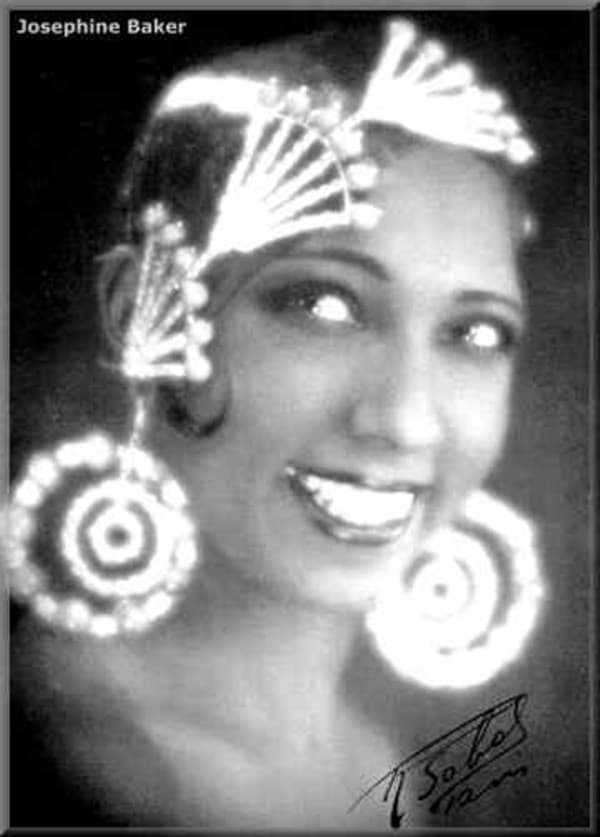
The story of Josephine Baker takes us on a fascinating tour of 20th-century race relations on both sides of the Atlantic, yet it leads to no conclusion, and black girls in search of a role-model tend to look elsewhere. Part of her appeal is her startlingly unique appearance. Simply nobody has ever looked or acted like her. She fits no black stereotype. Nor does she look like any recognizable strain of Afro-American. I'd always heard she was half-white, but it seems that her paternity is unknown, and her contradictory claims on the subject don't do much to enlighten us. (We are tempted to imagine quite an exotic mix.) Her origins in sharply-segregated St. Louis, where she is said to have witnessed a lynching, do not seem to have left her embittered. Perhaps she had too much to give. There is a special innocence about that smile, and when she performs her cross-eyed gag, we are lifted into a strange pixie-world, all its own.
Josephine Baker (born Freda Josephine McDonald, naturalised French Joséphine Baker; 3 June 1906 – 12 April 1975) was an American-born French entertainer, activist, and French Resistance agent. Her career was centered primarily in Europe, mostly in her adopted France. During her early career she was renowned as a dancer, and was among the most celebrated performers to headline the revues of the Folies Bergère in Paris. Her performance in the revue Un vent de folie in 1927 caused a sensation in Paris. Her costume, consisting of only a girdle of artificial bananas, became her most iconic image and a symbol of the Jazz Age and the 1920s.
By browsing this website, you accept our cookies policy.